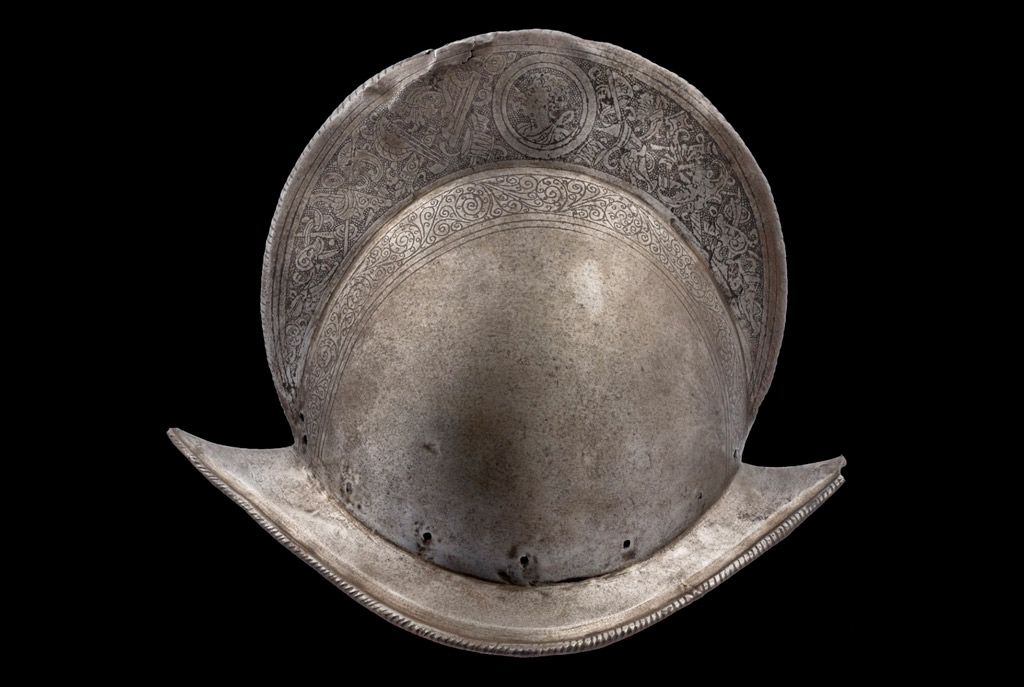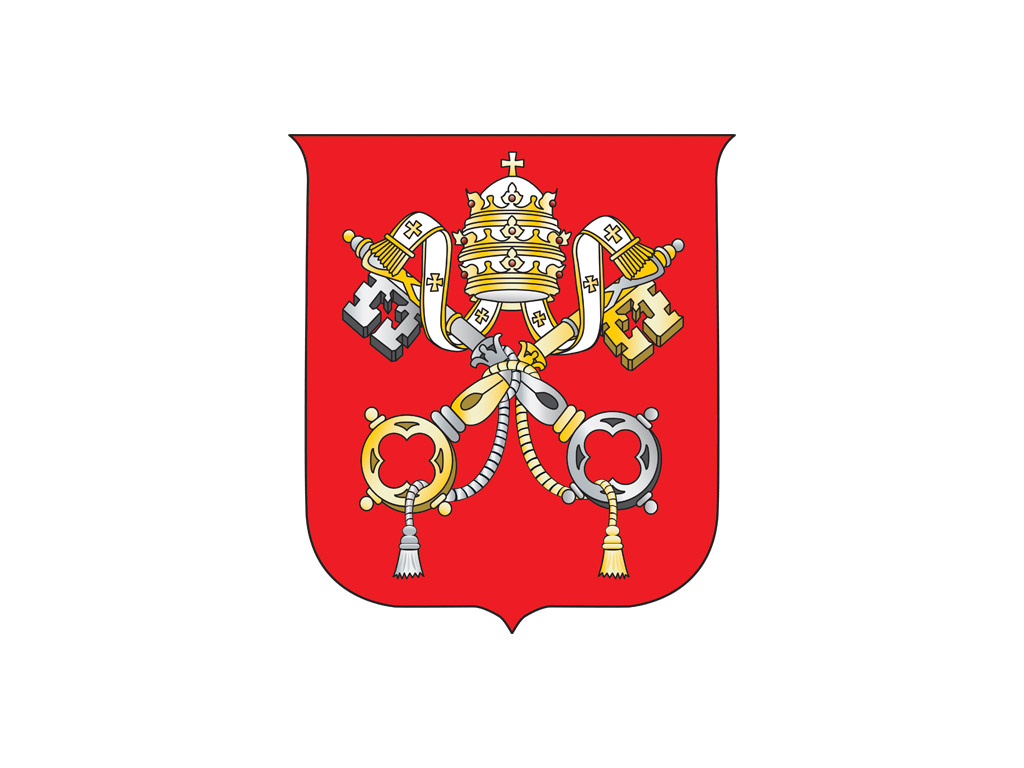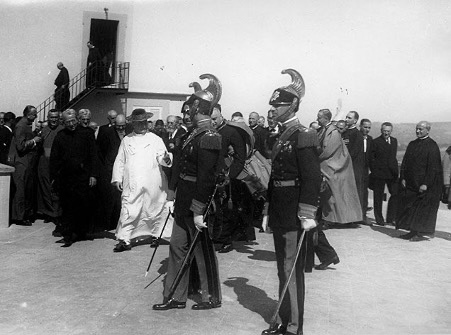On Friday, October 31, as part of the Jubilee celebrations, the Vatican Observatory, in collaboration with Johns Hopkins University and the Space Telescope Science Institute (STScI), presented two special events dedicated to the beauty and mystery of the universe.
Military history in defense of the Papacy
For the Jubilee Year 2025, the Directorate of Museums and Cultural Heritage, in collaboration with the Directorate of the Pontifical Villas, is presenting an extraordinary exhibition entitled “In Difesa del Papa.” [In Defense of the Pope]
The Vatican Observatory Partners with Johns Hopkins University and the Space Telescope Science Institute on Its Inaugural Gallery Exhibition, WONDER BOUND.
The Governorate of Vatican City State has recently introduced a new fleet of electric vehicles, continuing its path toward eco-friendly mobility within Vatican territory and the Pontifical Villas of Castel Gandolfo. The initiative stems from a collaboration with Exelentia, a company specializing in zero-emission transport solutions.
September 29, 2025, marks the 90th anniversary of the inauguration of the new headquarters of the Vatican Observatory at the Apostolic Palace of Castel Gandolfo. The Observatory is one of the oldest astronomical institutes in the world: its origins go back to the reform of the calendar from Julian to Gregorian in 1582. It was refounded in the Vatican by Pope Leo XIII in 1891 with the motu proprio Ut Mysticam.
- Interview with Bro. Guy Consolmagno, past Director of the Vatican Observatory
- At the Pontifical Villas in Concert Together, the Band of the Gendarmerie and the Pontifical Swiss Guard Band
- At Castel Gandolfo, the Boat Procession in Honor of Our Lady of the Lake
- Pope Leo XIV’s Day Among the Poor of Albano









